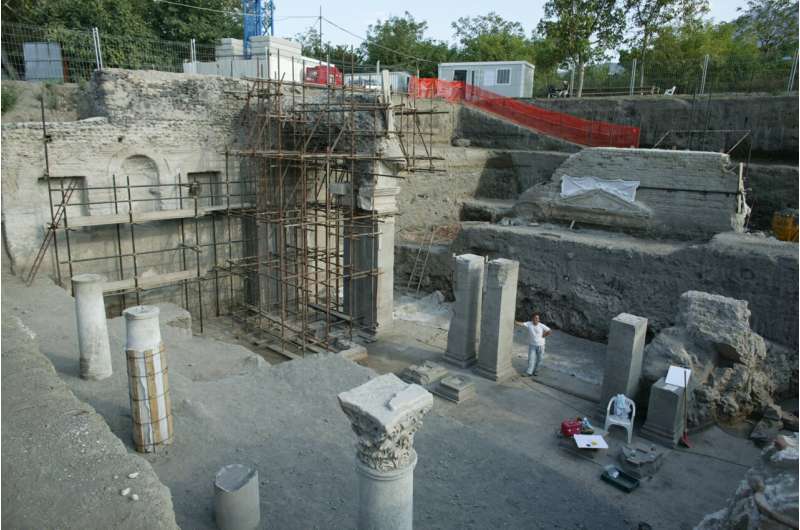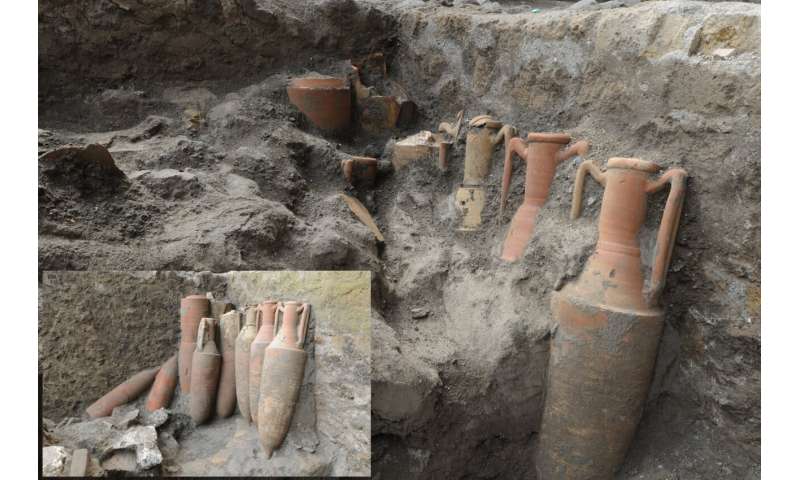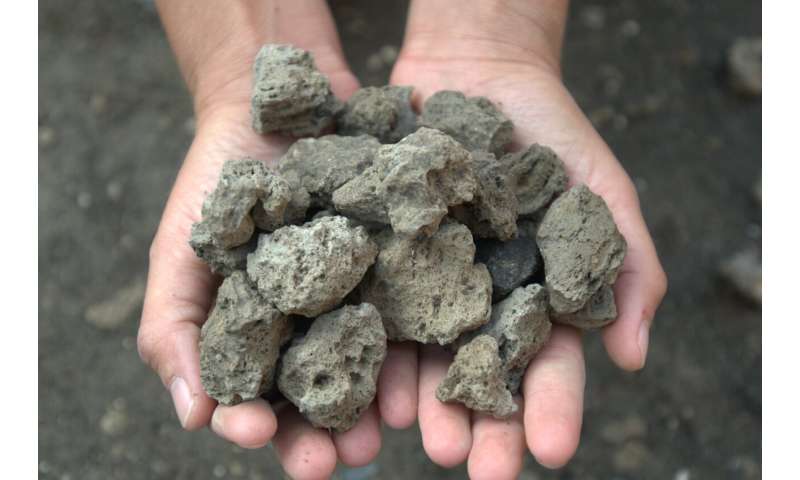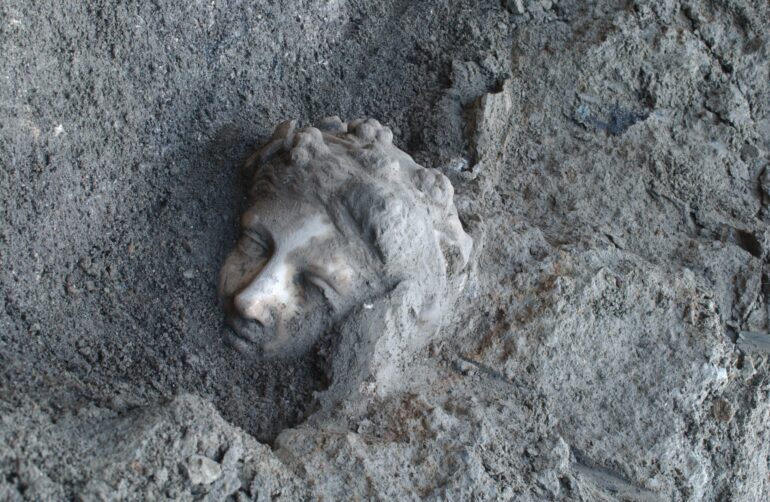A group of archaeologists, led by researchers from the University of Tokyo, announce the discovery of a part of a Roman villa built before the middle of the first century. This villa, near the town of Nola in southwestern Italy’s Campania region, was found beneath a more recent, but still ancient building from the 2nd century.
Specific findings at the site, buried by multiple eruptions of Mount Vesuvius, suggest it might have been the home of Gaius Julius Caesar Augustus (Octavian), the founding emperor of the Roman Empire, as they coincide with contemporary writings by known Roman writers Tacitus, Suetonius, and Dio Cassius.
This excavation is also significant as it was previously thought that only areas to the south of Vesuvius, famously the ancient Roman cities of Pompeii and Herculaneum, were heavily damaged, but this villa is located in the valley of Somma Vesuviana to the north.
In 1929, a farmer discovered, by accident, part of an abandoned building buried in a field. Archaeologists set to work excavating the site to reveal an extravagant villa that strongly hinted at being the residence of Augustus. However, the financial condition at that time impeded further exploration of the site.
This situation changed in 2002 when the University of Tokyo began an interdisciplinary project, in collaboration with local archaeologists, to fully excavate the villa and learn about this potentially significant area. Since then, many Roman objects, beautiful marble statues—including two pieces fit enough to be displayed in a museum—a huge building with various rooms, wall paintings, stucco reliefs and mosaics have been revealed.

An archaeologist stands next to a pillar, showing the magnitude of the ancient dwelling. © 2024 Institute for Advanced Global Studies CC-BY-ND
“Excavations around Mount Vesuvius have been ongoing since the 18th century. It was known that beneath the ash and debris from the biggest eruption in A.D. 79, various Roman artifacts lay buried,” said Kohei Sugiyama, an archaeologist from the Institute for Advanced Global Studies at the University of Tokyo.
“Most exploration related to that are focused on regions to the south of the volcano as that is where the majority of ejecta fell, and damage was suffered. For over 20 years, we have excavated large sections of the villa and have recently uncovered some previously unknown rooms and other architectural elements.
“Using radiocarbon dating, and with help from volcanologists to perform extra analysis, we determined that these newly discovered sections are buried under volcanic material from the A.D. 79 eruption.”

Pots buried under ash and other pyroclastic materials of the A.D. 79 eruption of Mount Vesuvius give clues about the levels of volcanic damage to the villa. © 2024 Institute for Advanced Global Studies CC-BY-ND

Ejected volcanic rocks from the A.D. 79 eruption of Mount Vesuvius. © 2024 Institute for Advanced Global Studies CC-BY-ND
Sugiyama and his team revealed significant destruction in the northern area of Mount Vesuvius, including damage from lava flows and pyroclastic surges, the big explosions you see people running from in movies about volcanoes.
At the site of the villa during the 2002 excavations, volcanologists in the team revealed the upper levels of the building were constructed by the mid-second century, and that the villa was built upon some of the partially obscured structures that came before it.
This finding indicates the resilience and rebuilding efforts of the people following the disaster of A.D. 79 in the area of Somma Vesuviana, unlike Pompeii, where the thick layers of volcanic ash and pyroclastic flows left the city abandoned for many centuries.
“This kind of investigation is important for several reasons,” said Sugiyama. “Not only does it connect physical evidence with Augustus, who is mainly known through historic writings, but it also tells us about the local economy and society in that region at that time, which may have been more prosperous and significant than was previously thought.
“Learning about how ancient people recovered from disasters could inform how we plan for such things today. It’s challenging to carry out this kind of archaeology due to the heavy machinery needed to dig down to 15 meters and move large boulders, and of course funding can often be an issue.”
Provided by
University of Tokyo
Citation:
Did Vesuvius bury the home of the first Roman emperor? (2024, April 26)
